Classic Woodworking: Sunburst Veneer Side Table (103)
This video is an episode teaser. You can watch full episodes on our website by becoming a Fine Woodworking member.
Already a member? Log In
Host Tom McLaughlin welcomes guest and veteran woodworker Terry Moore to his wood shop this week on Classic Woodworking. Terry shares his technique for designing a dramatic sunburst walnut veneer pattern on a round side table while Tom heads to the lathe to show how to turn an Art Deco-inspired column. The two collaborate on the cross lapped joinery feet and the end result is an elegant, smooth, intriguing piece which is very pleasing to the eye.
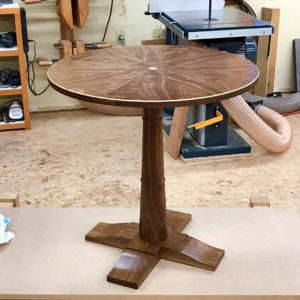 For more information on how to lay out a sunburst veneer pattern, see the article How to Veneer a Sunburst.
For more information on how to lay out a sunburst veneer pattern, see the article How to Veneer a Sunburst.
For more information on working with veneer, see the article Choosing and Preparing Veneers.
For more information on how to make spindles on the lathe, see the article Turn a Spindle.
For more information on how to cut your own veneers, see the article Learn to Resaw.
To learn how to cut a perfect circle on the bandsaw, see the video Simple Circle-Cutting Jig.
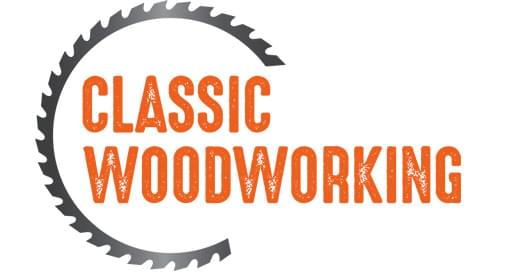

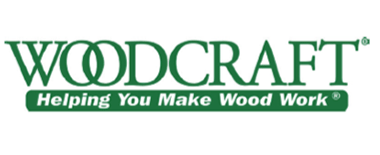
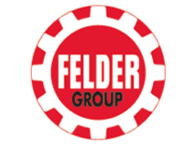








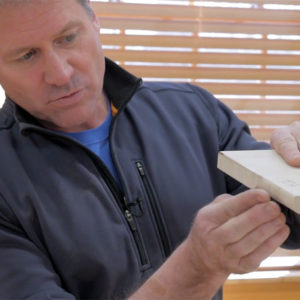
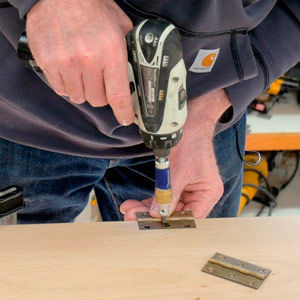

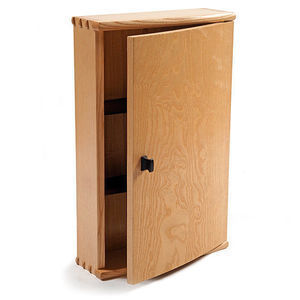











Comments
Still using cabinet saw technique with a slider. And no accounting for wood movement in attaching the top to the column/disc. Finally, what's with highlighting the roughing gouge, laying out the column, but not showing how to cut the beads? Curious on your choices of what to emphasize.
I guess one more thing: what's with using masking tape but not veneer tape?
Yes I do like your new show... I know it's just a half hour but I feel you fly over things that are important for those who would like to learn. Examples on this episode. You have the template for cutting the pie shapes... but no discussion on making that template. You cut the veneers and say you cut 7 and next thing we know it's all taped up. You wrapped both the edging pieces without discussing cutting them to length. I know how I do these things but am always interested in seeing how other do it... Thanks
Do not cut MDF without a face mask, unlike these guys. Quick way to make yourself unwell - this stuff is very bad for your lungs.
MDF? Why not plywood or even HDF? Even jigs are made out of better materials. Yes, I know ply has a tendency to chip but the speed of a router minimizes that, and this substrate is easily fixed or edge voids readily filled with a bit of filler.
"We've already leveled the button." That's easy enough to get wrong with a dig into the veneer. It was worth more explanation.
Why is he using a clumsy and unsafe jig on a sliding table?
Why would Felder even sponsor this episode if their machines are going to to used like an outdated cabinet saw?
Another very enjoyable episode. Well done! Also, great to see many of these projects in person at Fine Woodworking Live. Incredible workmanship and design! I left the exhibition room very inspired.
Another inspiring episode! Now we just have to get WGBH to expand the timeslot to an hour!
Just gonna chime in on a couple of comments.. As for the use of MDF.. Why I choose it. FLAT and guaranteed no voids. For a table like this one I even like the extra weight. The comment regarding the use of the wood sled ? That's a shop classic. What's wrong with it ? Safe and does the job.
JojoDwolf, Baltic Birch, marine grade or other fine plywoods don't have voids if that is truly a concern. Yes, MDF is flat, at first, until it sits horizontally under its own weight or perhaps with a book on it, and begins to sag. Such an heirloom piece....
Is all of Terry Moore's lovely furniture made with some substrate parts of MDF?
With the solid wood under the top this top will not sag... As far as MDF goes.. I believe it's just personal preference.
I have been watching the show on PBS and I definitely like Tom McLauglin's approach to woodworking. What I am also looking for is how he uses his hand tools and power tools. I know that Felder is a sponsor of the show and Mr. McLauglin is using a sliding tablesaw like a cabinet saw. I would appreciate that he would take the time to use the sliding tablesaw as intended. Felder has a good product(s) and the European Sliding Tablesaw is a good alternative to the traditional tablesaw in the US. It would help woodworkers like me to understand the alternatives available to us in woodworking. I agree with others that this program should be an hour in length. The content is very good, the presenter is excellent, but the time allowed is too short.
JojoDwolf, My comment about sagging was general in nature and in reply to your statement of "MDF being flat". There is some overhang on the table but it shouldn't be too much of a problem.
A huge problem is the lack of screw holding ability of MDF. 5/8 MDF with maybe 1/2 in. screws? Try moving that piece across the country or any other normal wear and tear over 50 or 100 years and one might just find the screws have pulled out of the top. Compare these 1/2 in. screws to the other very robust connections of the base. A walnut-veneered plywood sub-base (not being subject to seasonal movement) could have been glued to the underside of the top and would make a far stronger connection than those screws.
I echo some of the comments already made. How did you fit that eighth piece in seamlessly. that is the most import part. also leveling the button requires much more information. this could ruin the entire piece. how did you connect the edge banding to avoid a large gap? these techniques are critical for those of us who are new to veneering. my final critique...I cannot find the plans for this piece on the site! granted the video provides lots of detail but no information on size of top, relative to dimensions of legs and feet. And the episode just aired this season. so why the mystery? You hooked me with the video, I've invested in lots of veneering supplies. Help me bring it home. thanks
Log in or create an account to post a comment.
Sign up Log in